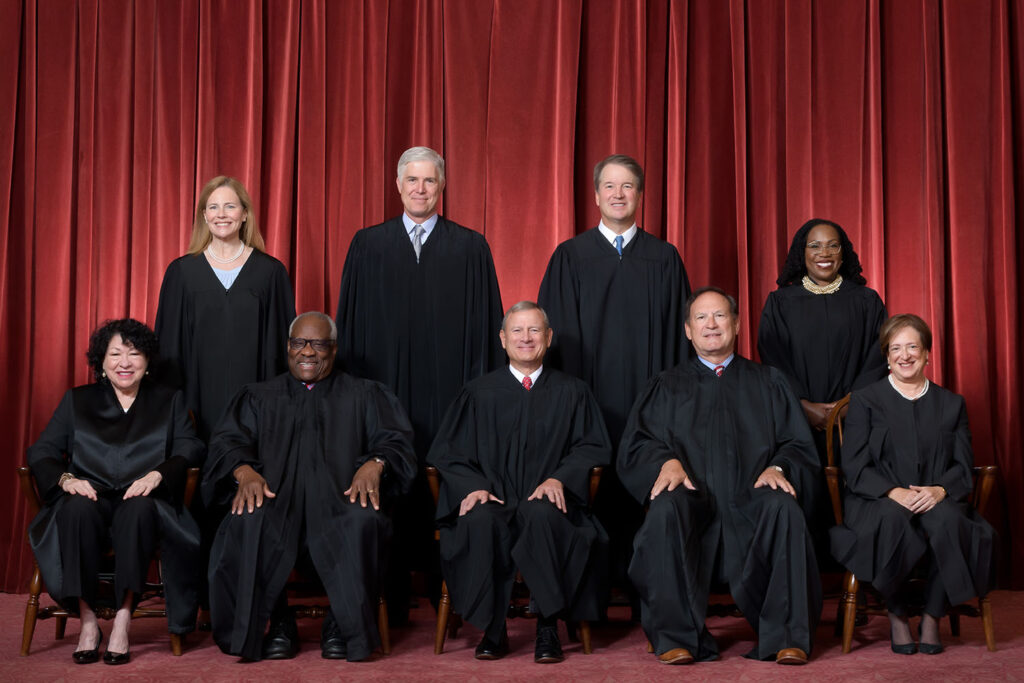Federal Crime Lawyer: Protecting Your Legal Rights Versus Serious Federal Charges
Federal Crime Lawyer: Protecting Your Legal Rights Versus Serious Federal Charges
Blog Article
Demystifying the Refine of Federal Appeals: What You Need to Know
Browsing the elaborate realm of federal appeals can typically appear like passing through undiscovered waters for those strange with the process. Recognizing the subtleties of appellate court territory, the details of filing a notification of allure, presenting a compelling brief, and making a convincing oral debate are vital parts that can substantially impact the end result of an instance. By untangling the layers of complexity surrounding federal charms, individuals can get a more clear understanding into the mechanisms that govern this important phase of the legal system.
Understanding Federal Appeals Process
Looking into the elaborate realm of the federal allures procedure reveals a organized and systematic journey with the judicial system. Federal appeals work as a vital mechanism for evaluating choices made by reduced courts. Understanding this procedure is vital for any individual involved in lawful process at the government level.
The process typically starts with an event disappointed with a lower court's judgment filing a notification of charm. This sets off a testimonial by a higher court, where a panel of judges assesses the lawful debates presented by both celebrations. Briefs describing the lawful thinking behind each celebration's setting are submitted, and oral debates may be heard to clarify intricate issues.
The appellate court's choice is based on a comprehensive assessment of the reduced court's proceedings and the disagreements provided. The judges do not reconsider truths yet focus on whether lawful errors happened that impacted the reduced court's decision. As soon as the appellate court reaches a decision, it can verify, turn around, remand, or modify the reduced court's ruling, giving clarity and finality to the legal dispute. Comprehending this procedure is vital for browsing the intricacies of federal appeals effectively.
Appellate Court Territory Discussed
Appellate court jurisdiction refers to the extent of instances that a certain appellate court has the power to decide and evaluate upon. Unlike test courts that hear cases for the very first time, appellate courts are restricted to reviewing choices made by reduced courts.
Appellate courts have jurisdiction over certain sorts of instances, usually those entailing lawful mistakes, step-by-step concerns, or concerns of regulation rather than accurate disputes. The jurisdiction of appellate courts is usually outlined in laws and laws that control the court system. Understanding appellate court jurisdiction is important for parties involved in the appeals procedure as it determines whether a situation is eligible for review and the degree to which the appellate court can interfere in the reduced court's decision.
Declaring a Notification of Charm
The preliminary action in commencing the federal allures procedure includes submitting a Notification of Charm with the proper appellate court. This important file officially informs the court and the other celebrations included in the case that the appealing party plans to look for an evaluation of the reduced court's choice. Filing a Notice of Appeal is a strict procedural need that sets the appellate procedure in activity.
When preparing the Notice of Charm, it is vital to make certain conformity with the specific policies and standards of the appropriate appellate court. federal crime lawyer. The record needs to usually consist of details such as the situation name, the reduced court's name, the date of the judgment being appealed, and a concise declaration showing the grounds for the charm

Rundown and Oral Debate
In the appellate process, providing composed briefs and involving in dental arguments play pivotal duties in promoting for the appealing event's placement before the appellate court. Briefs are extensive lawful files that outline the parties' disagreements, legal authorities, and analysis sustaining their settings. These composed submissions offer the court with a comprehensive understanding of the realities of the situation, the appropriate legislation, and why the appealing event believes the reduced court's decision need to be rescinded.
Adhering to the submission and evaluation of the briefs, dental arguments use the celebrations an opportunity to further clarify their placements, attend to any type of questions the appellate courts might have, and highlight bottom lines from their created briefs. Dental arguments are a chance for the lawyers to encourage the courts via spoken campaigning for and responses to queries from the bench.
Both the created briefs and dental arguments are essential parts of the appellate procedure, allowing events to offer their case extensively and compellingly prior to the appellate court. - federal crime lawyer
Obtaining the Appellate Court Choice
Upon conclusion of dental debates and submission of created briefs, the next critical phase in the appellate procedure involves waiting for the definitive ruling from the appellate court. This duration of expectancy can be loaded with a mix of stress and anxiety and hope for celebrations involved in the appeal. The appellate court's decision is generally delivered in a written layout and outlines the court's final thoughts on the legal problems offered, the thinking behind their decision, and the judgment provided. The moment framework for receiving the appellate court's choice can vary, but courts aim to provide prompt resolutions. As soon as the decision is issued, celebrations must very carefully evaluate the court's judgment to understand the result and determine any further steps that may be necessary. Whether the appellate court verifies, turns around, or remands the reduced court's choice, understanding the effects of the judgment is essential for all events entailed in the appellate procedure. Consequently, without delay examining and comprehending the appellate court's useful content choice is important in browsing the next action in the lawful process.
Verdict
To conclude, the government appeals process is a complicated but critical step in looking for justice. Recognizing the appellate court jurisdiction, submitting a notice of appeal, preparing briefs, and providing oral disagreements are all crucial components of this process. Ultimately, getting the appellate court decision can supply clarity and resolution to lawful disputes. It is essential to browse the federal allures process with persistance and focus to detail to achieve a reasonable outcome.
As we progress from understanding the federal allures procedure to exploring the details of appellate court jurisdiction, an essential aspect comes to light concerning the authority and limits of these higher courts in the legal landscape. Appellate court jurisdiction refers to the extent of situations that a particular appellate court has the power to determine and review upon. Unlike test courts that listen to situations for the initial time, appellate courts are restricted to examining decisions made by reduced courts. Comprehending appellate court jurisdiction is important for events involved in the appeals procedure as it figures out whether a situation is eligible for review and the level to which the appellate court can intervene in the reduced court's choice.

Report this page